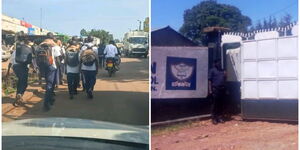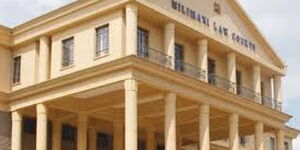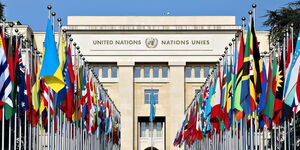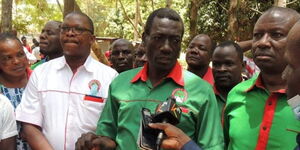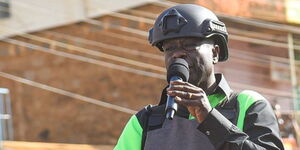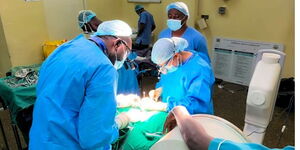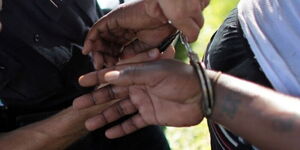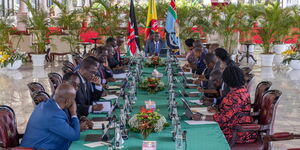As ubiquitous and popular as Maasai beads may be, many would still not consider the creative weaving of the pieces as a profitable economic activity.
It’s just not something people see as a full-time job but like it has been brought to our attention, many people are making a fortune from the business.
An established artisan Naserian Lena revealed that she rakes in between Ksh 300 and Ksh 1000 per necklace sold and an average of Ksh 200 on the smaller jewellery items.
“You’d be surprised to find out that most of the beadwork sold beyond the Kenyan borders is actually handmade by women in parts of Kenya you may have never heard about let alone visited,” she reiterated adding that the main challenge was getting connected to the markets.
Naserian is just one among communities that have been able to climb out of poverty and economic frailty through the partnership with well managed CBOs, community projects and even trusts.
It’s no wonder, therefore, that initiatives such as the Northern Rangeland Trust partner with reputable organisations to provide solutions for training and marketing of beadwork projects as part of their core business.
As with any other growing enterprise, all it takes is one big push in the right direction and success is inevitable, that’s where an organisation like the Safaricom Foundation comes in.
Away from the glare of the public, many continue to thrive in business and enterprise due to the impetus of the Foundation, which has granted substantial support to struggling players in agriculture, entrepreneurship, arts, health, education and social development.
A group of former street boys run a successful poultry coop in Nakuru which brings in an average of Ksh 90,000 from the sale of eggs after the foundation gave the grant to start the farm.
I don’t know about you but for me, that’s a better way to go than what we see in Nairobi streets - neglected street families shaking you down for just Ksh 10.
Further in the field of farming, communities have been able to form collaborative groups that make the venture worthwhile.
Kenya Community Development Foundation (KCDF) is one public foundation that utilized the concept in what was dubbed as the Ustawi farming project.
Thanks to Safaricom Foundation, within six months the farmers’ groups on Ustawi went from not enough to more than enough with a harvest that could cater for their domestic needs as well as generate additional income.
The Foundation has not only covered the development aspect of society but also the recreational. They are behind the facelift of Louis Leakey Auditorium through a grant given to the Kenya Museums Society.
It may all look like a lot, which it is, but the Foundation is not about to stop, with a renewed zeal, they are looking forward to doing more.
They recently announced that they are developing a new focus on three key pillars of the sustainable development model. These are; Elimu, Afya and Wezesha.

